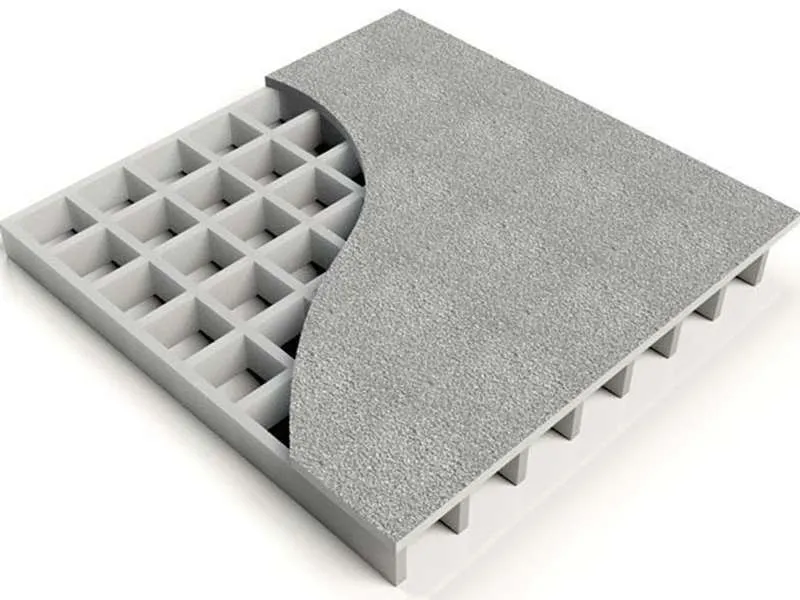
-
 Afrikaans
Afrikaans -
 Albanian
Albanian -
 Amharic
Amharic -
 Arabic
Arabic -
 Armenian
Armenian -
 Azerbaijani
Azerbaijani -
 Basque
Basque -
 Belarusian
Belarusian -
 Bengali
Bengali -
 Bosnian
Bosnian -
 Bulgarian
Bulgarian -
 Catalan
Catalan -
 Cebuano
Cebuano -
 China
China -
 China (Taiwan)
China (Taiwan) -
 Corsican
Corsican -
 Croatian
Croatian -
 Czech
Czech -
 Danish
Danish -
 Dutch
Dutch -
 English
English -
 Esperanto
Esperanto -
 Estonian
Estonian -
 Finnish
Finnish -
 French
French -
 Frisian
Frisian -
 Galician
Galician -
 Georgian
Georgian -
 German
German -
 Greek
Greek -
 Gujarati
Gujarati -
 Haitian Creole
Haitian Creole -
 hausa
hausa -
 hawaiian
hawaiian -
 Hebrew
Hebrew -
 Hindi
Hindi -
 Miao
Miao -
 Hungarian
Hungarian -
 Icelandic
Icelandic -
 igbo
igbo -
 Indonesian
Indonesian -
 irish
irish -
 Italian
Italian -
 Japanese
Japanese -
 Javanese
Javanese -
 Kannada
Kannada -
 kazakh
kazakh -
 Khmer
Khmer -
 Rwandese
Rwandese -
 Korean
Korean -
 Kurdish
Kurdish -
 Kyrgyz
Kyrgyz -
 Lao
Lao -
 Latin
Latin -
 Latvian
Latvian -
 Lithuanian
Lithuanian -
 Luxembourgish
Luxembourgish -
 Macedonian
Macedonian -
 Malgashi
Malgashi -
 Malay
Malay -
 Malayalam
Malayalam -
 Maltese
Maltese -
 Maori
Maori -
 Marathi
Marathi -
 Mongolian
Mongolian -
 Myanmar
Myanmar -
 Nepali
Nepali -
 Norwegian
Norwegian -
 Norwegian
Norwegian -
 Occitan
Occitan -
 Pashto
Pashto -
 Persian
Persian -
 Polish
Polish -
 Portuguese
Portuguese -
 Punjabi
Punjabi -
 Romanian
Romanian -
 Russian
Russian -
 Samoan
Samoan -
 Scottish Gaelic
Scottish Gaelic -
 Serbian
Serbian -
 Sesotho
Sesotho -
 Shona
Shona -
 Sindhi
Sindhi -
 Sinhala
Sinhala -
 Slovak
Slovak -
 Slovenian
Slovenian -
 Somali
Somali -
 Spanish
Spanish -
 Sundanese
Sundanese -
 Swahili
Swahili -
 Swedish
Swedish -
 Tagalog
Tagalog -
 Tajik
Tajik -
 Tamil
Tamil -
 Tatar
Tatar -
 Telugu
Telugu -
 Thai
Thai -
 Turkish
Turkish -
 Turkmen
Turkmen -
 Ukrainian
Ukrainian -
 Urdu
Urdu -
 Uighur
Uighur -
 Uzbek
Uzbek -
 Vietnamese
Vietnamese -
 Welsh
Welsh -
 Bantu
Bantu -
 Yiddish
Yiddish -
 Yoruba
Yoruba -
 Zulu
Zulu
anchoring drilling rod and bits
Anchoring Drilling Rod and Bits An Overview
The world of drilling and anchoring technology plays a crucial role in various industries, from construction and mining to oil and gas exploration. At the heart of this technology lies the anchoring drilling rod and bits, which serve as vital tools for efficient and precise drilling operations.
Understanding Anchoring Drilling Rods
Anchoring drilling rods are specifically designed to facilitate the drilling process by providing stability and support as they penetrate various ground materials. These rods are typically made of high-strength steel, ensuring durability and resistance to wear and tear under challenging conditions. Their primary function is to transfer the rotational force from the drilling machine to the drill bit, allowing it to cut through solid rock or soil effectively.
The length and diameter of anchoring drilling rods can vary based on the specific requirements of a project. Longer rods may be necessary for deep drilling operations, while shorter rods can suffice for shallow anchor installations. The choice of rod will depend on factors such as soil composition, climate conditions, and the intended application of the drill.
The Role of Drill Bits
Drill bits are the cutting components attached to the end of the drilling rod. They come in various shapes and sizes, each tailored for different types of applications. Some common types of drill bits include
2. Masonry Bits These are designed to penetrate hard materials like concrete and brick, featuring a carbide tip for enhanced durability and cutting power.
anchoring drilling rod and bits

3. Diamond Bits For the toughest applications, diamond bits are employed. Their industrial-grade diamonds allow them to cut through the hardest rock formations, making them essential for mining and geology drilling.
4. Hollow Core Bits Utilized in applications requiring a core sample, these bits create a cylindrical hole while preserving the material inside.
Applications of Anchoring Drilling Rods and Bits
The applications of anchoring drilling rods and bits are vast and varied. In construction, they are used to install foundations, ensuring buildings can withstand structural loads. In the realm of environmental engineering, they aid in soil sampling and analysis, which is crucial for assessing site conditions prior to development.
In the oil and gas industry, these tools are indispensable for exploration and extraction efforts. Drilling deep into the earth is necessary to reach subterranean reservoirs of oil or natural gas, and anchoring rods provide the stability needed for sustained drilling operations.
Moreover, in the renewable energy sector, particularly in wind farm installations, anchoring drilling rods secure wind turbines in place, facilitating the generation of clean energy.
Conclusion
The anchoring drilling rod and bits are fundamental components of drilling technology, ensuring efficiency, stability, and accuracy in various applications. As industries continue to evolve and innovate, the development of advanced drilling tools will remain pivotal to meeting the challenges posed by complex geologies and diverse engineering projects. Understanding their function and applications is essential for professionals in the field, ensuring safe and effective drilling practices in an ever-changing environment.
Latest news
-
Exploring the Benefits of Top Hammer Drifter Rods for Enhanced Drilling PerformanceNewsJun.10,2025
-
High-Precision Fiberglass Winding Machine for GRP/FRP Pipe Production – Reliable & Efficient SolutionsNewsJun.10,2025
-
FRP Pipes & Fittings for Shipbuilding - Corrosion-Resistant & LightweightNewsJun.09,2025
-
Premium FRP Flooring Solutions Durable & Slip-ResistantNewsJun.09,2025
-
Premium Fiberglass Rectangular Tanks Durable & Lightweight SolutionNewsJun.09,2025
-
Tapered Drill String Design Guide Durable Performance & UsesNewsJun.09,2025









